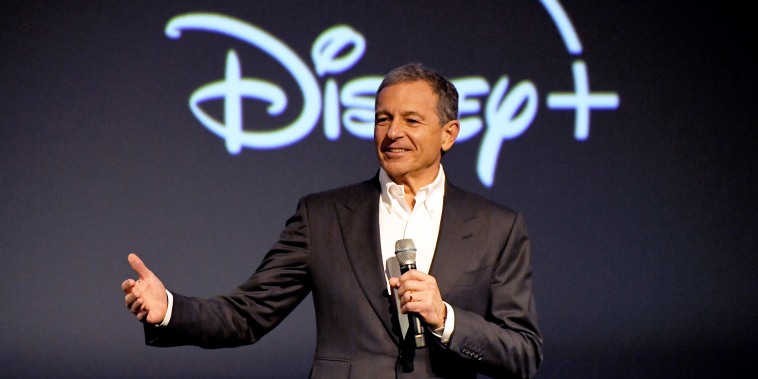Disney and Warner Bros. Discovery have dominated screens big and small for a century, shaping the childhoods and popular culture of generations. Now, in a metamorphosis for the digital age, these industry behemoths have announced their intention to bundle their streaming services. A seismic shift is on its way in the streaming landscape that will enable users to access both platforms’ content in one integrated service.
Disney is a media titan known globally for its iconic animated characters, heartwarming narratives, and stint in Hollywood. From Snow White and Sleeping Beauty to Frozen and Moana, Disney has been a mainstay in American and global pop culture. Disney’s foray into the bustling streaming world through Disney+ has been successful, accumulating over 100 million subscribers within a year and a half of its November 2019 launch.
On the other hand, Warner Bros. Discovery, a result of WarnerMedia’s merger with Discovery, Inc., represents a vast selection of content from several networks and studios. Its portfolio includes HBO, CNN, TNT, TBS, truTV, Cartoon Network, DC Entertainment, and more. This pivotal merger has amplified the company’s potency to compete in the rapidly growing streaming market.
The potential streaming bundle between Disney and Warner Bros. Discovery would result in an unprecedented catalog of content. Disney’s offering is headlined by its eponymous house of mouse productions, Pixar’s innovative universe, Marvel’s addictive superhero narrative, and Star Wars’ space opera. In contrast, Warner Bros. Discovery provides a buffet of popular shows from HBO, exhilarating superhero films from the DC Comics’ universe, and an exotic pantheon of programs from Discovery.
Having these immense libraries under one digital roof would provide a streamlined user customer experience by integrating a variety of content in one place. By combining family-friendly content from Disney with mature programming from Warner Bros., it welcomes audiences of all ages. The unique blend of content would redefine the consumer’s entertainment palette and provide a more comprehensive televisual offering.
Additionally, this bundle could be a game-changer for the streaming industry. With Netflix, Amazon Prime, and Hulu in the competition, bundling could substantially decrease operating costs by sharing resources. This, in turn, might reflect lower subscription costs, encouraging more users to switch to these platforms.
Besides, the collaboration will offer more original content creation opportunities. Leveraging their combined resources and creative talents, Disney and Warner Bros. can produce groundbreaking originals, enriching the content library, and further engaging subscribers.
Despite the promise of benefits, the Disney and Warner Bros. Discovery bundle does face considerable hurdles. From balancing different brands’ identities to navigating global content rights issues, these challenges will require thoughtful management. Plus, gaining regulatory approvals in different countries, especially those wary of tech giants further expanding their reach, may not be straightforward.
In conclusion, Disney and Warner Bros. Discovery’s bundled streaming service is an exciting prospect, promising an extensive, diverse content library. It has the potential to redefine the matrix of streaming services, bringing in a new era of digital entertainment. However, as it navigates multiple challenges, only time will tell if this blend of Mickey Mouse Magic and Wonder Woman’s Amazonian power can successfully allure and cater to the global viewer in the fiercely competitive streaming market.




